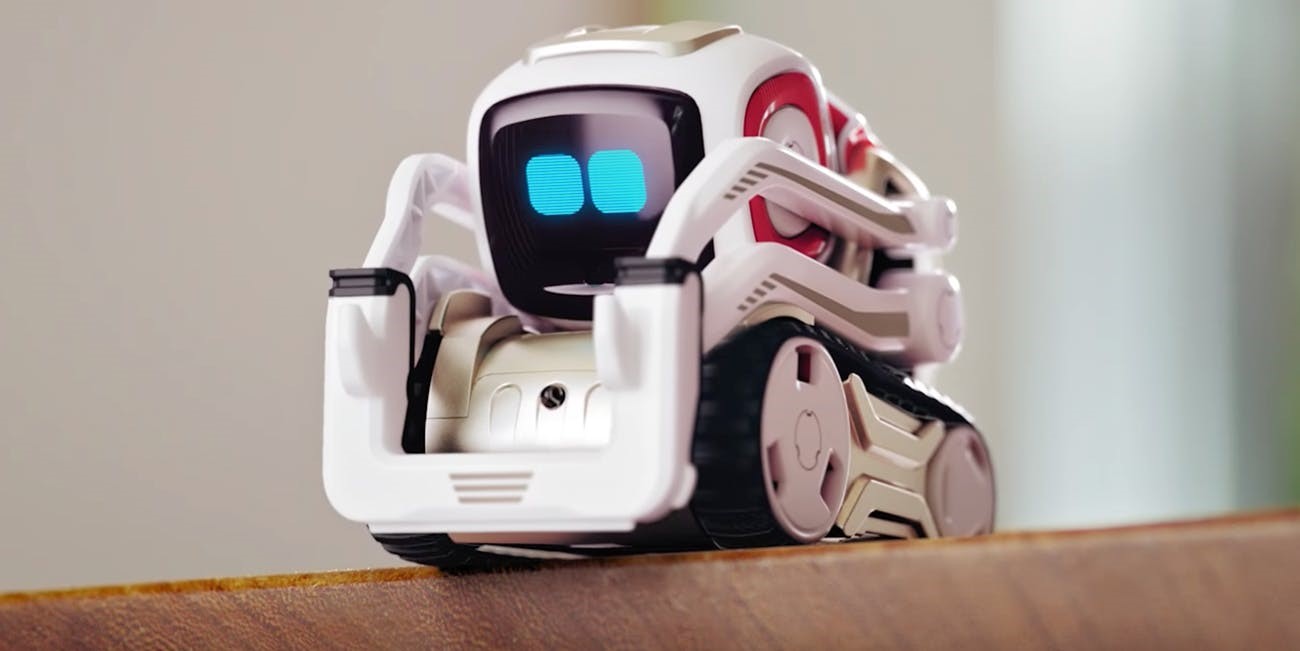How technology is impacting education

The year 2020 is almost here! Our world has come a long way; with new technologies such as Artificial Intelligence, machine learning, virtual reality and educational software. Not only has tech revolutionised the way we live, but also the way teachers are teaching, and kids learning.
Educational technology, or “ed-tech” is the practice of facilitating learning by using physical hardware, software and other technological resources to improve learning and teaching performance. It’s fascinating to review how ed-tech has completely shifted the future of education and disrupted traditional learning practices. Educators and schools are enhancing teaching methods by introducing new and innovative ways to foster critical thinking and creativity among children and students. This new way of teaching sometimes involves students to play computer games, use tablets to write and read and use a computer to learn how to code.
Coding and computer programming will become an essential part of our lives soon, which is why everyone should learn and understand the importance of learning with technology. Teaching programming and coding to children will enable them to build skills around problem-solving, logical thinking, cause and effect and critical thinking.
Here are some of the ways ed-tech has impacted the new generation
Enhanced teaching and learning
New technology provides teachers with better resources to effectively teach their students. For instance, Virtual Reality (VR), Augmented Reality (AR) and innovative gamification techniques create a new experience and are a fun way for students to learn. Augmented reality delivers a digital experience to students where they can now visualise things in 4D; this makes it easier for children to understand subjects like Biology and Chemistry. Generation Z children are fortunate enough to have such advanced resources in their early education.
Kate Kelly, a teacher-librarian at John Purchase Public School, NSW mentioned that there never was a generation who had so much at an early age. However, it doesn’t only bring benefits to students, it was not long before the teachers at John Purchase Public School NSW started implementing new programs within their classroom. Kate shared that teachers started setting up their own class blogs and made homework online. With these new advancements, future educators will take teaching to the next level where it also gives students the desire to be at school to learn.

Collaborative Learning
There is evidence where technology in education has encouraged interaction and cooperation among students and teachers. A new curriculum has been introduced in Australia called Digital Technologies where it encourages students to make informed decisions about the development of technology and how it can be used to create a sustainable future. As part of the new compulsory curriculum; students will learn how to code, gather and interpret large amounts of data that solve real-world problems.
Recently, technology has been introduced into classrooms within the form of robots. Researchers have conducted experiments in South Australian schools to find out how robots can possibly assist teachers in the future. Its aim is to help students engage in activities as well as encourage them to access first-hand coding and programming. The robots are built with interactive features and students are taught to program them to talk, dance and move around using computer software.
 Figure 1: Digital Technologies Hub
Figure 1: Digital Technologies Hub
Reports have even shown that Queensland and Victoria have made coding and robotics compulsory in schools from prep to Year 10. With robots slowly becoming a norm, we shouldn’t be surprised if robot pets are a thing as well. Ashwood School, Victoria have successfully implemented a digital pet named Cozmo to engage students in learning about some key concepts of the Digital Technologies curriculum. According to the Digital Technologies’ Hub Australia, students are expected to take care of Cozmo where they wake him up in the morning, feed him, interact with him and perform maintenance tasks to keep him ‘fit’.
 Figure 2: Anki Cozmo Robot
Figure 2: Anki Cozmo Robot
Globalization
With today’s technology, it’s made the world feel even smaller where people can now easily connect around the world through the internet. Gone are the days when your sketchy dial-up internet connection was wired through your landline. Children can now connect and meet with other schools and counterparts through video conferencing without leaving the classroom. There are no geographical limitations with technology and students are now able to understand and contribute to the richness of our world. Students can also facilitate awareness of how and why certain events and cultures are being represented on media.
In New York City, an afterschool program called Global Kids has harnessed the power of virtual simulation to educate them to act on critical issues. Together with a game design company, Global Kids created a free game that encourages social change. “Ayiti: The Cost of Life” challenges players to manage a rural family in Haiti and make decisions to send children to school vs work and how to spend scarce resources. The players will explore the issue of poverty and how it’s an obstacle to education. It’s believed that one of the most impactful ways ed-tech has changed the education space is introducing lessons of empathy to children.
 Figure 3: “Ayiti - The Cost of Life” simulation game
Figure 3: “Ayiti - The Cost of Life” simulation game



